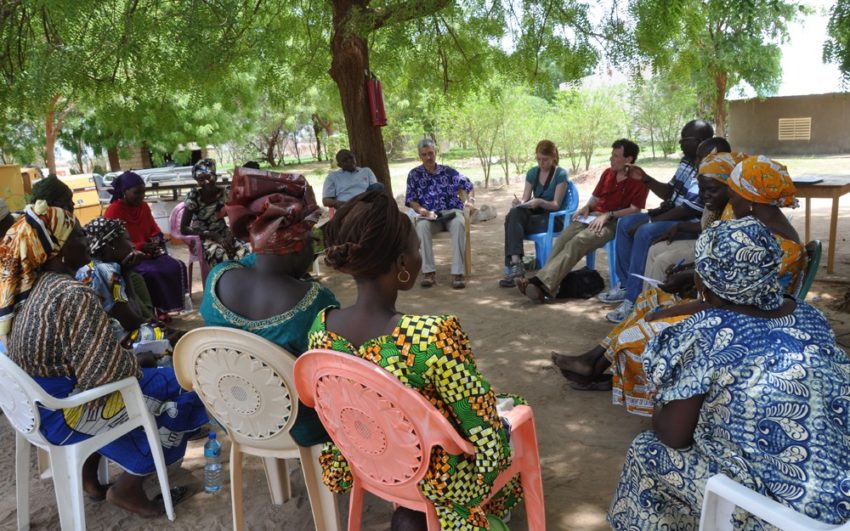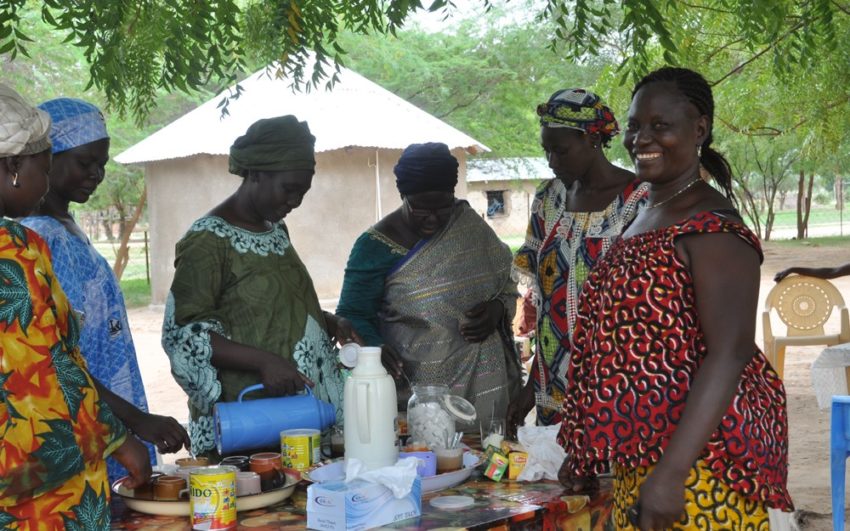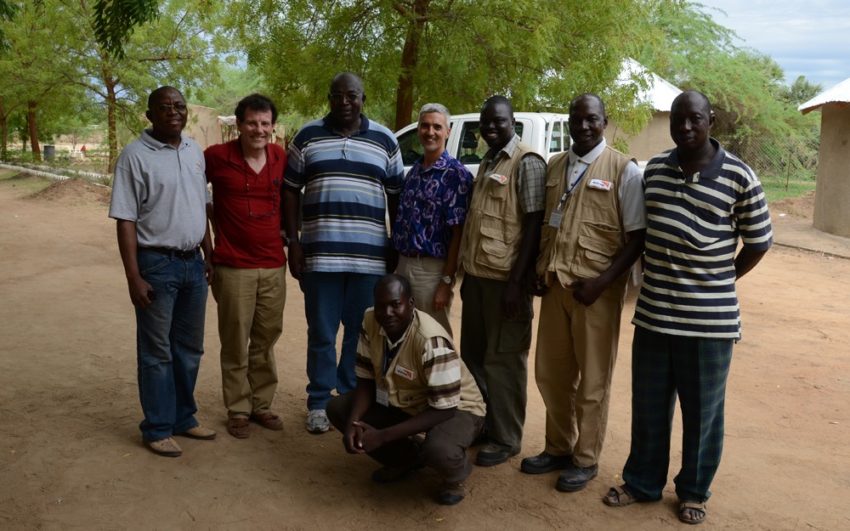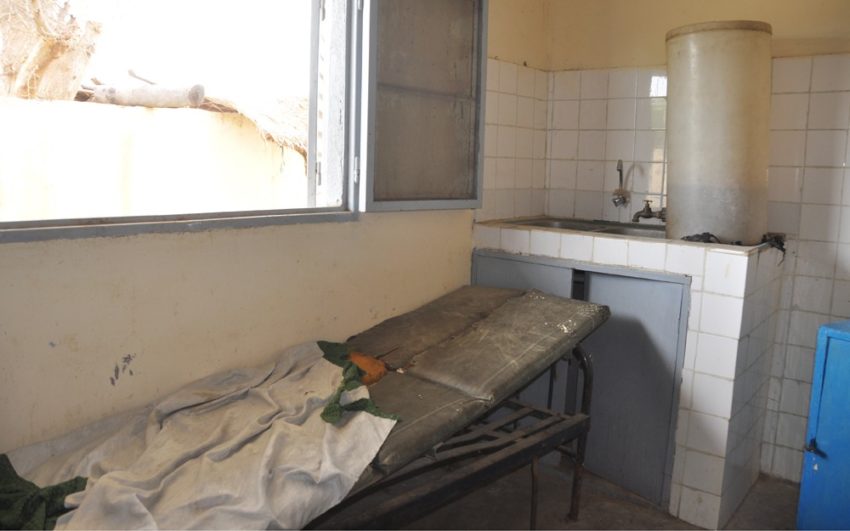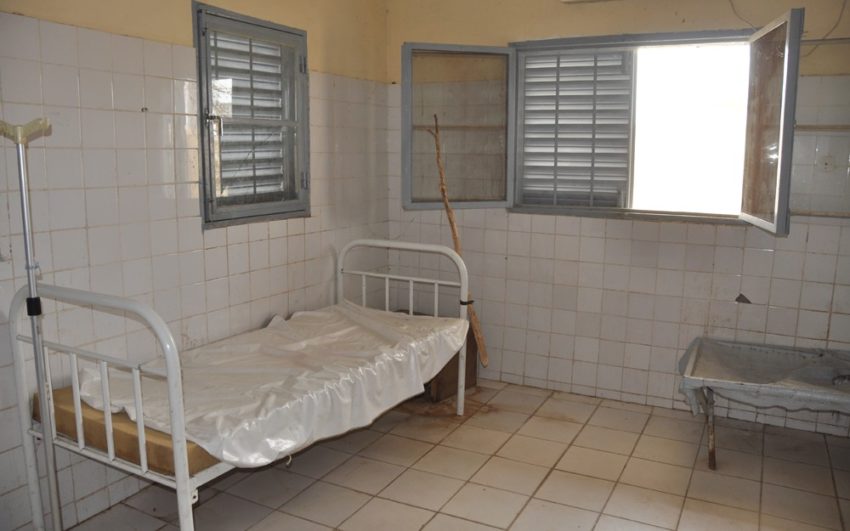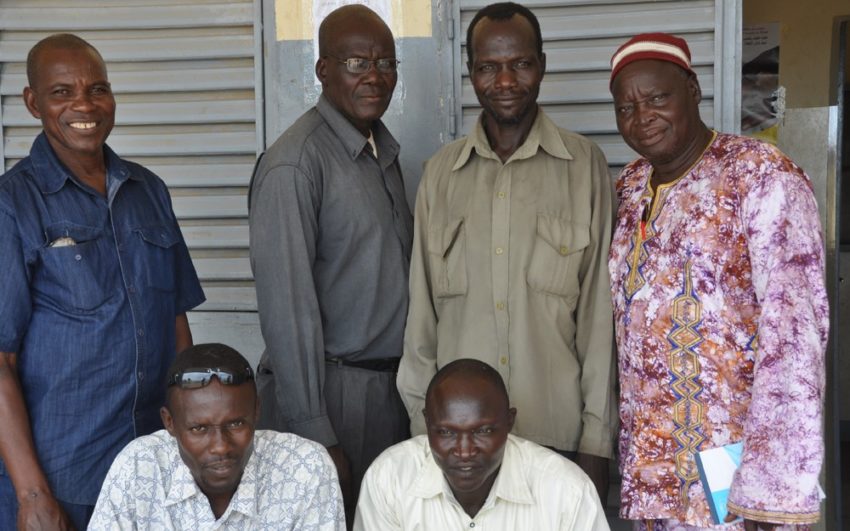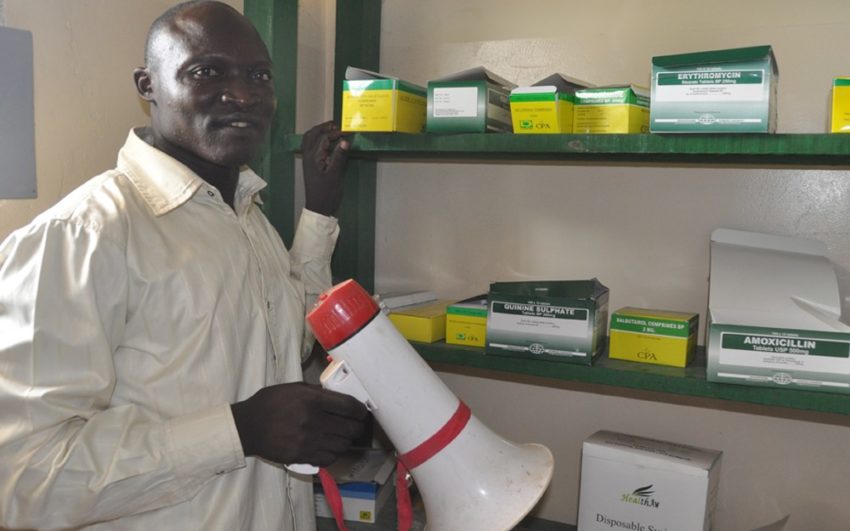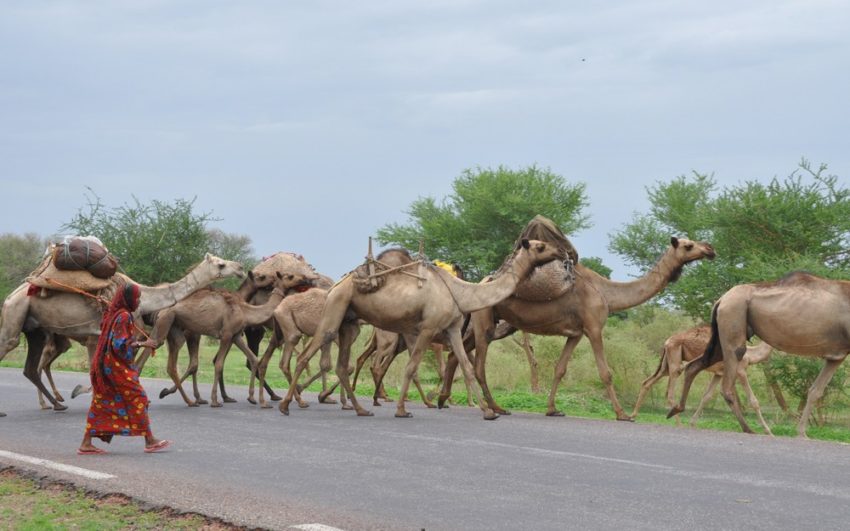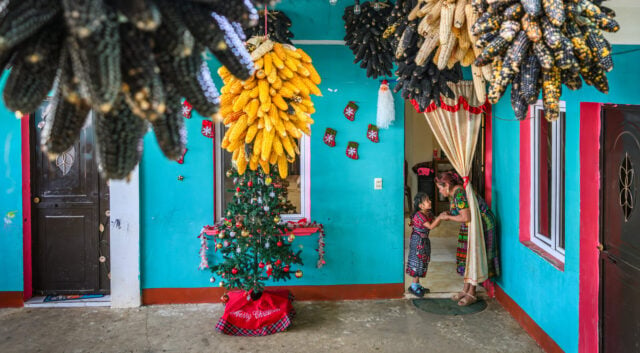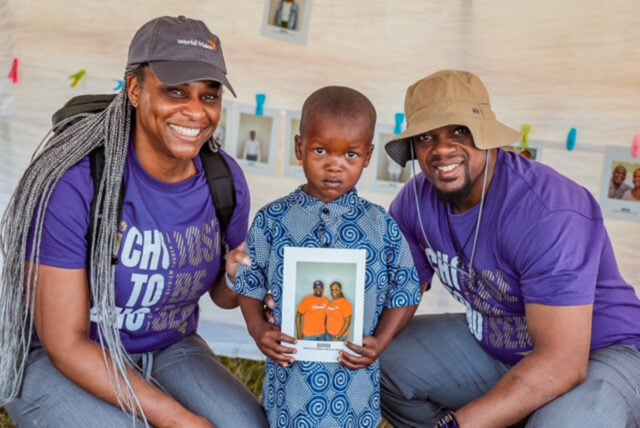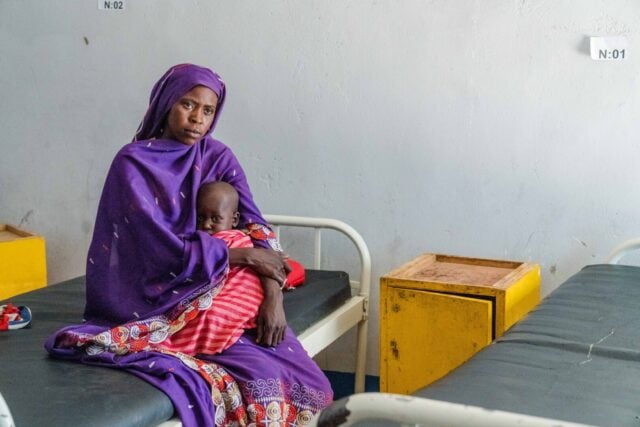When Noris Morop gave birth to her baby, she was given some tragic medical advice, which ultimately cost her baby his life. She was told by a doctor that something was wrong with her breast milk and that she should not breastfeed her baby. Because of this, the child eventually became malnourished and later died.
Noris’ experience underscores the myriad challenges facing women and children in Chad, home to the fourth worst child mortality rate in the world — 169 children out of 1,000 die before age 5.
World Vision is making a dramatic difference in the lives of women and children across the 15 communities in Chad where it operates.
New York Times columnist Nicholas Kristof joined young journalist Erin Luhmann on a recent visit to the Loumia community in Chad as part of Kristof’s annual Win-A-Trip visit to Africa, which Luhmann won. Loumia is located south of N’Djamena, Chad’s capital city.
World Vision has had a program in Loumia since 1999, collaborating with the community of more than 36,000 residents through education, health programs, water projects, and child sponsorship.
“Before World Vision came here, we had big health problems,” says Loumia resident Guengueng Kivaneloato. “Women and children were not informed, and when a child got sick people waited too long to get treatment.”
Before World Vision came here we had big health problems. Women and children were not informed, and when a child got sick people waited too long to get treatment.—Guengueng Kivaneloato, a Loumia resident
Pleas for access to healthcare, education
Throughout Loumia and other communities in Chad, World Vision has significantly increased the rates of several child health indicators, including access to bed nets to prevent malaria, prenatal care, vaccination rates, and treatment for illnesses such as diarrhea.
A group of moms in Loumia recently met with Kristof, Luhmann, and World Vision staff to address the complex health challenges for women and children in the nation.
They cited lack of access to specific medications, vaccines, and medical care only available at an expensive hospital.
“When you don’t have the means, you get malaria, typhoid, or cholera,” says one mom. Another stated that it is nearly impossible to secure an X-ray, blood test, or other medical services, even if the situation is critical.
Quality health education is another major concern, which they say results in children suffering from illnesses that could be avoided through better hygiene and sanitation practices.
The complex effects of poverty and cultural factors around the role of women in Chad complicate the health situation. While many of the women understood the benefits of breastfeeding, they had to spend significant amounts of time away from their babies to secure food or income for their families.
Culturally, women are often the last people in the family to eat a meal, even if they are pregnant, leading to less food consumption and unhealthy pregnancies.
And in Noris’ case, poor medical advice contributed to the death of her child.
‘Significantly improving child mortality rates is achievable’
World Vision is committed to a long-term presence in Loumia and other communities in Chad that will give children an opportunity for a healthy and full life.
Because of this commitment, World Vision has trained 30 people to serve as “immunizers” throughout the Loumia community. Each immunizer has access to a bicycle and travels throughout the community providing immunizations to women and children who are unable to visit a clinic or hospital.
World Vision has quadrupled the number of clean water access points, built latrines at local schools, provided medicines and vaccines to local clinics, and increased access to mosquito nets to reduce the incidence of malaria in this community.
World Vision collaborates with government, nurses, and educators to teach Chadians about effective hygiene and sanitation practices.
John Scicchitano, national director of World Vision in Chad, says bettering the health situation for babies and young children is its highest priority. “Significantly improving child mortality rates is achievable,” says Scicchitano.
“With nutrition, sanitation, education, and increased access to life-saving medicines and vaccines, we can save the lives of thousands of children.”
